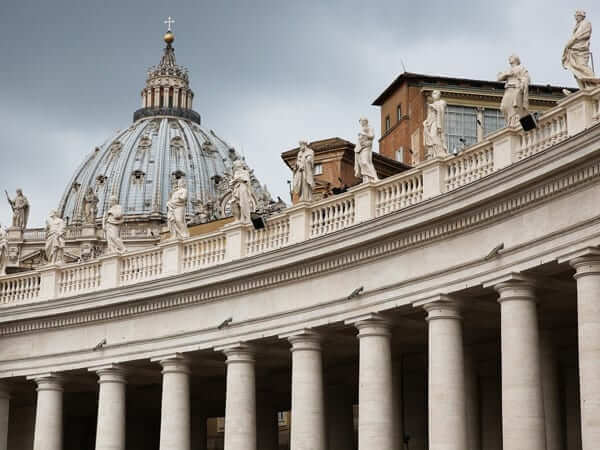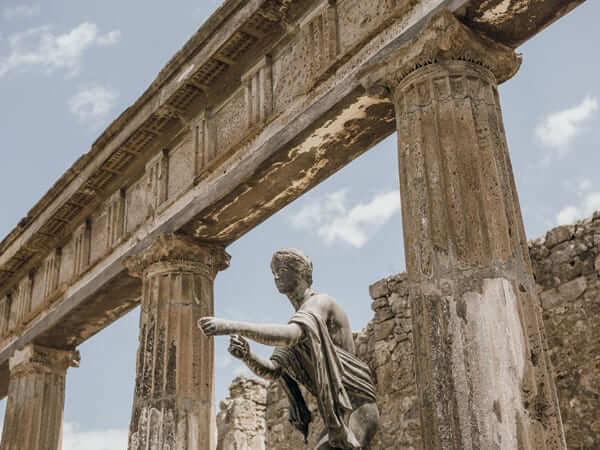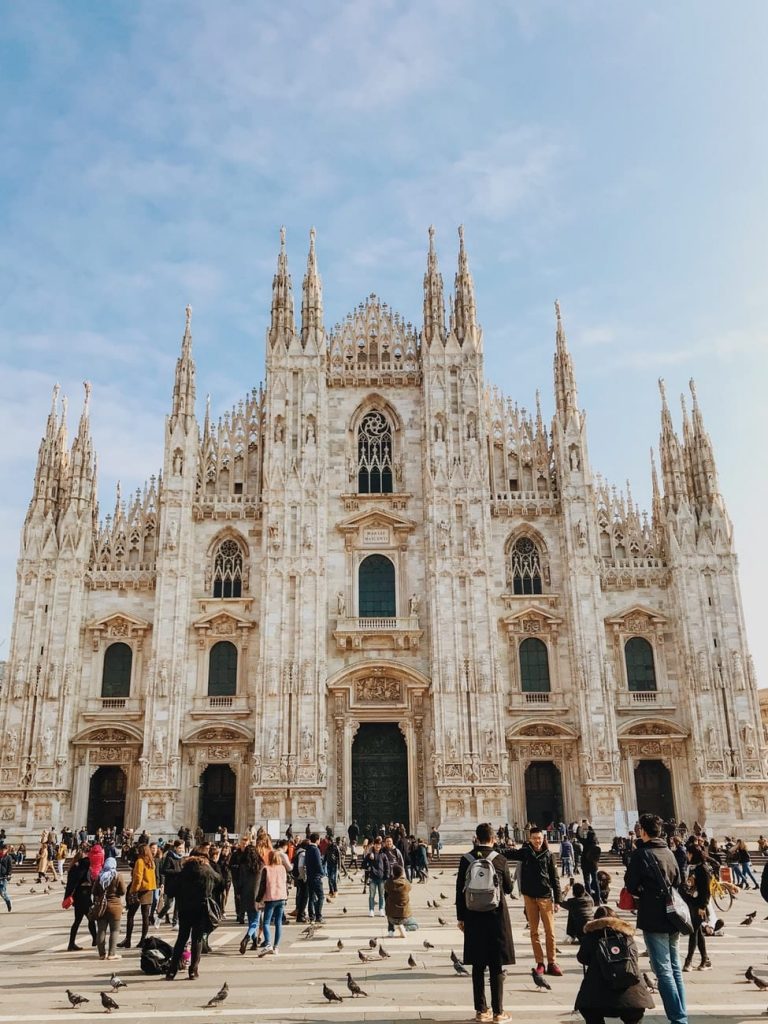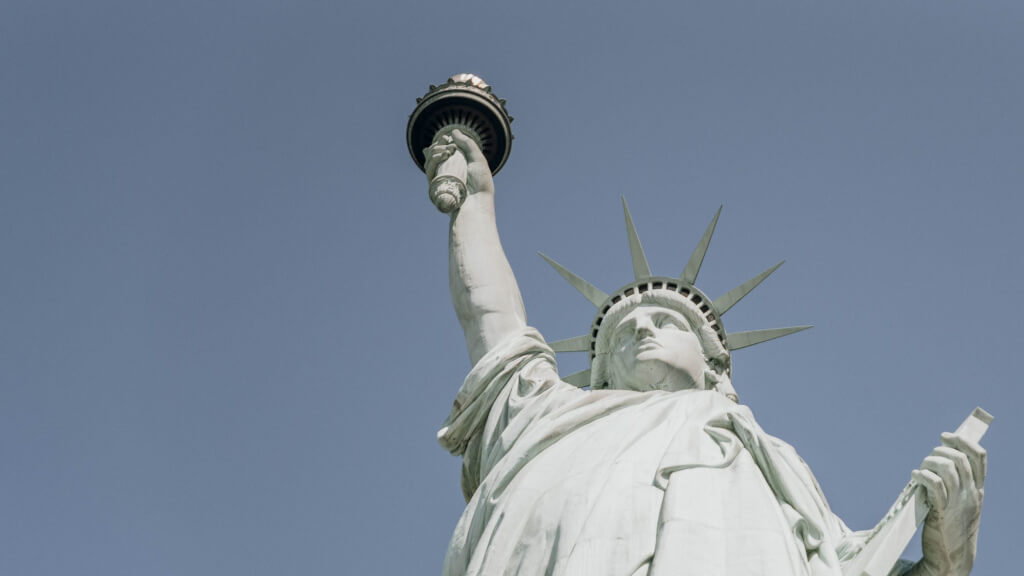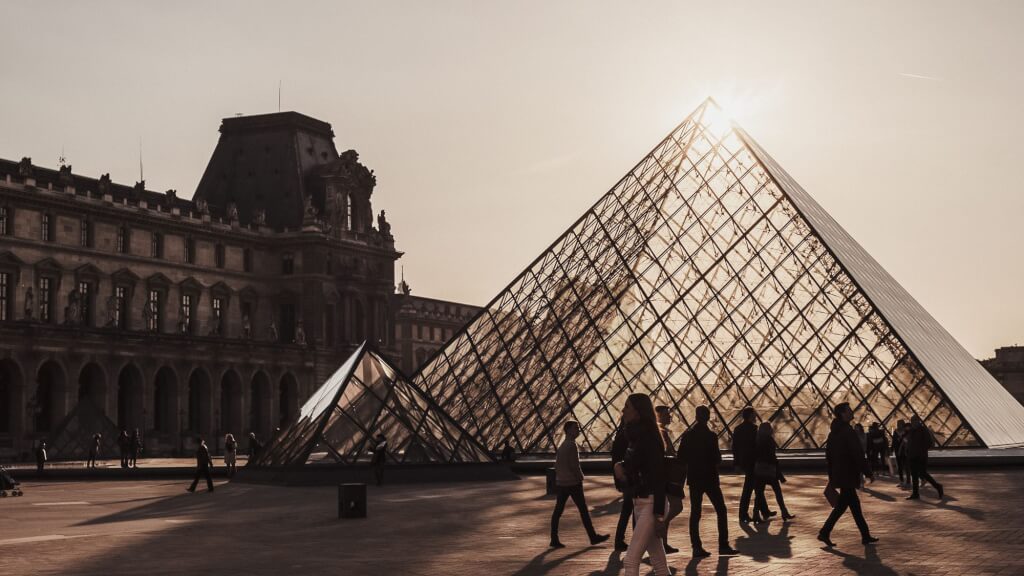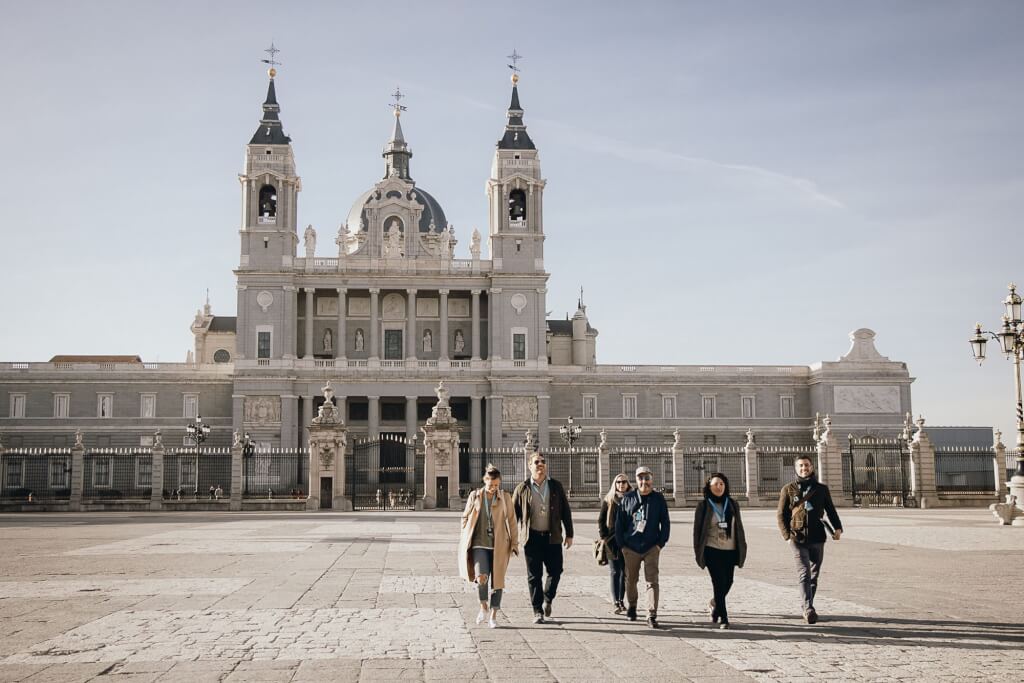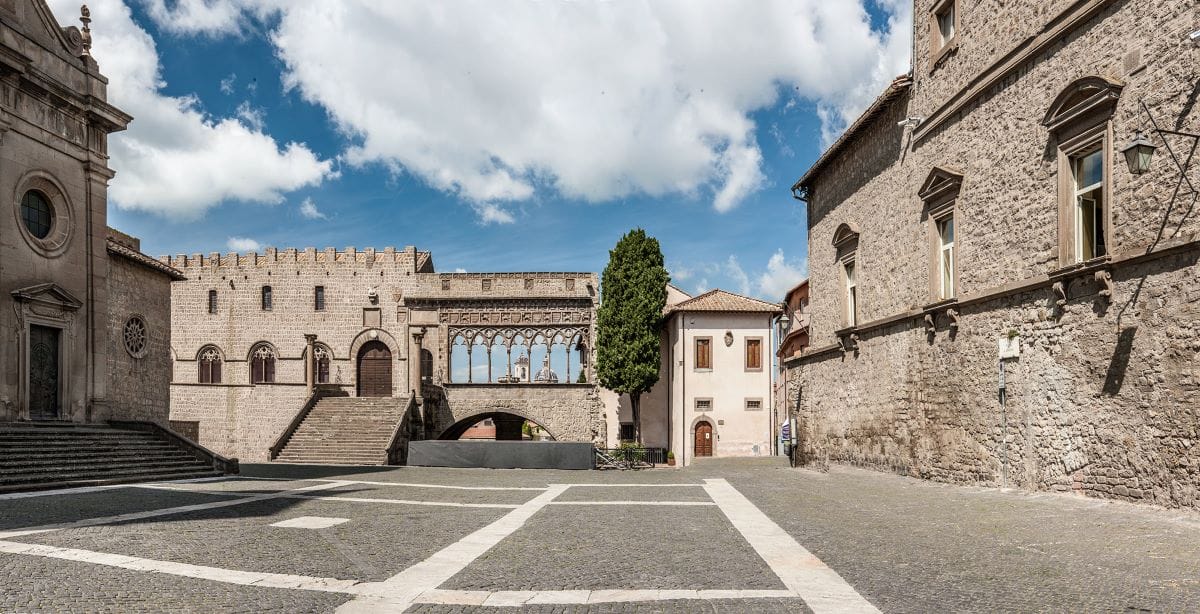
The Viterbo Papal Palace: A Must-See Day Trip from Rome for Jubilee Year 2025
January 23, 2025
Rome may be the heart of the Jubilee Year celebrations, but just 90 minutes away lies a hidden gem steeped in religious history: Viterbo. Known as the “City of Popes,” this charming town in northern Lazio served as a papal refuge during turbulent times and played a pivotal role in shaping church traditions, including the papal conclave. With the magnificent Viterbo Papal Palace, medieval architecture, and soothing hot springs, Viterbo offers Jubilee pilgrims both spiritual and cultural experiences. Discover why this off-the-radar destination deserves a spot on your itinerary for 2025.
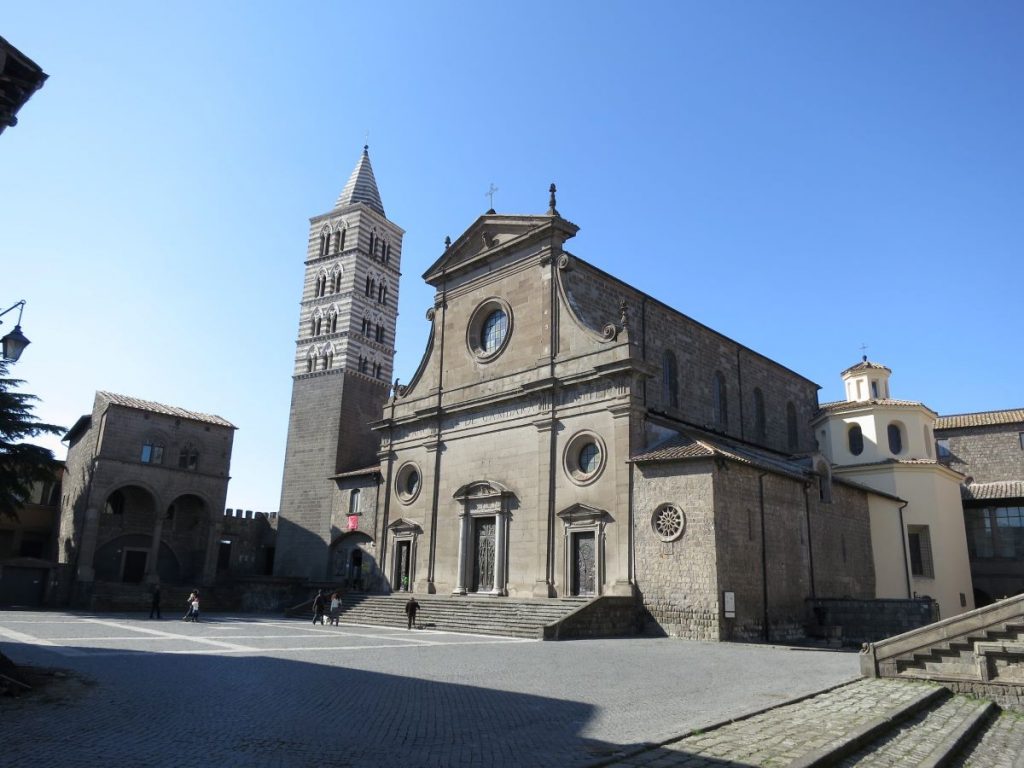
Table of Contents
ToggleViterbo, the City of Popes
One of the first things you might notice upon arriving in Viterbo, Italy are the thick medieval walls surrounding the Old Town. There are several intact gates from which to enter the city. The walls were erected in the 11th and 12th centuries, particularly when a series of popes in the 12th-century began retreating here. In fact, they used the Viterbo Papal Palace as a de facto Vatican when they couldn’t maintain their power in Rome.
Strolling the maze of winding streets, you might be one of the few non-locals around. The medieval street plan is anything but: they’re winding, curved, diagonal, and sometimes lead to nowhere or a dead end. The lack of order in the street plan reflects the fact that, at times, during the Middle Ages, there wasn’t a central authority to dictate or organize city planning, so locals were given the liberty to create a street in any direction or size that they pleased.
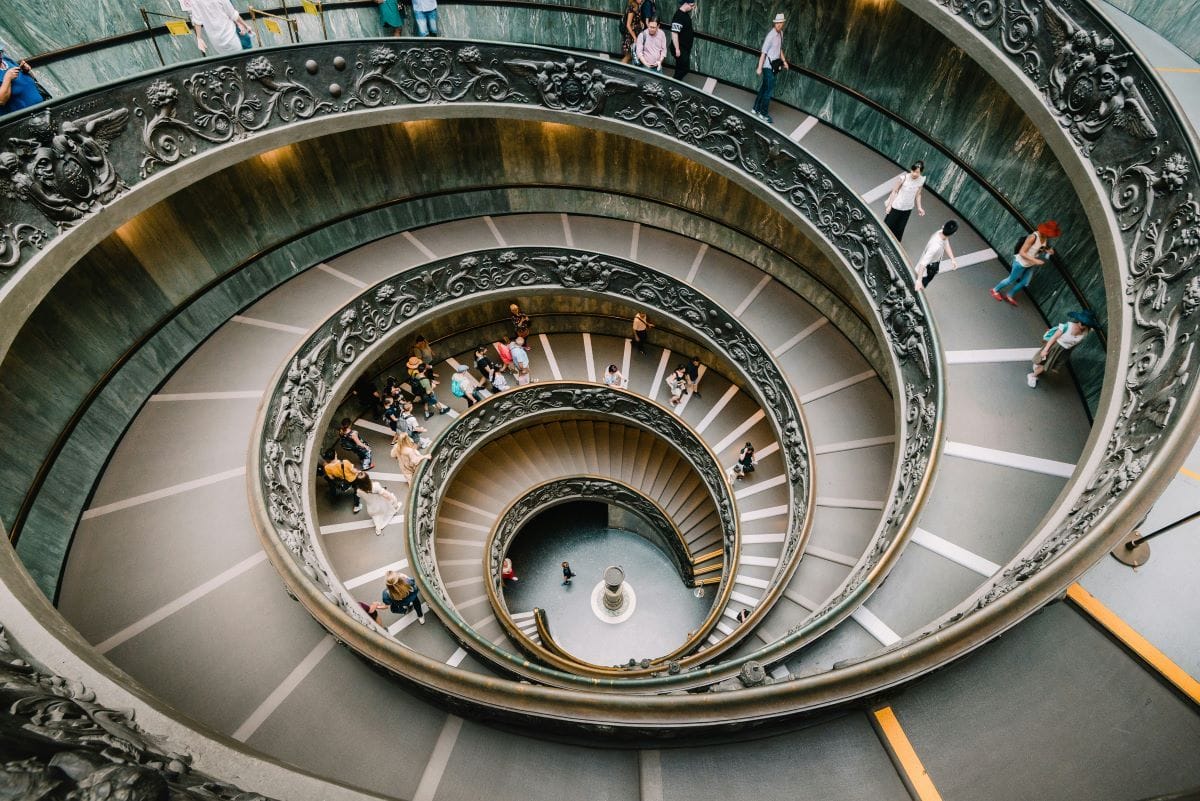
The twisting streets in Viterbo may start to remind you of other winding architectural features… Photo credit: Reuben Teo
Palazzo dei Papi: Viterbo’s Papal Palace
Between Pope Eugene III in the 1140s and Martin IV who died in 1285, Viterbo saw a slew of Papal activity. Popes spent months on end here. They excommunicated supposed heretics and individuals who threatened the pope’s power, they even died in Viterbo—John XXI succumbed when the roof of the library in the Papal Palace crashed down on him as he slept.
Since Viterbo became such a Papal mainstay, they eventually built a home that would befit such an emissary. The Papal Palace, or Palazzo dei Papi, was created when the Papal Curia officially moved from Rome to Viterbo in 1257. They took the Bishop’s Palace and enlarged it. Viterbo was the official residence of the pope from 1257 until 1281, making it one of the most powerful towns in Europe during that time. All in all, eight different popes took up official residency in the Papal Palace.
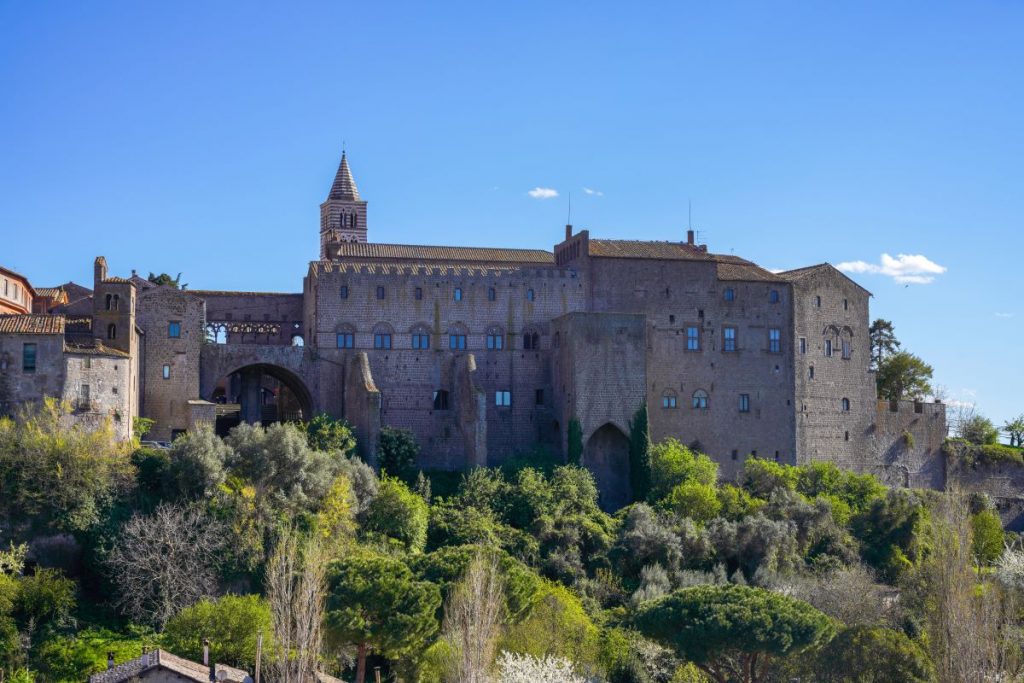
For this reason, when you stroll the streets of Viterbo, one is wowed by the immense Gothic architecture that is strewn around the city—from churches to palaces to towers or ordinary houses. Today, visitors can tour the Papal Palace.
It often took months and months to elect a new pope. While the election of a new pope was happening in Viterbo in 1268, it took the cardinals two years and three months to come to a decision.
But before the marathon election concluded, some Viterbo citizens had lost patience and took the keys to the gates of the city walls and locked the cardinals inside until they elected someone. A new word was invented after that: conclave, which comes from the lad cum clave, or “with key.” They then took further action by removing the roof of the papal palace to expose the voting cardinals to the elements. It didn’t take them long after that to elect Gregory X as the new pope.
One of Gregory’s first actions was to set new rules for the election of a pope: as they still are today, cardinals are confined to a room until they agree on a papal successor.
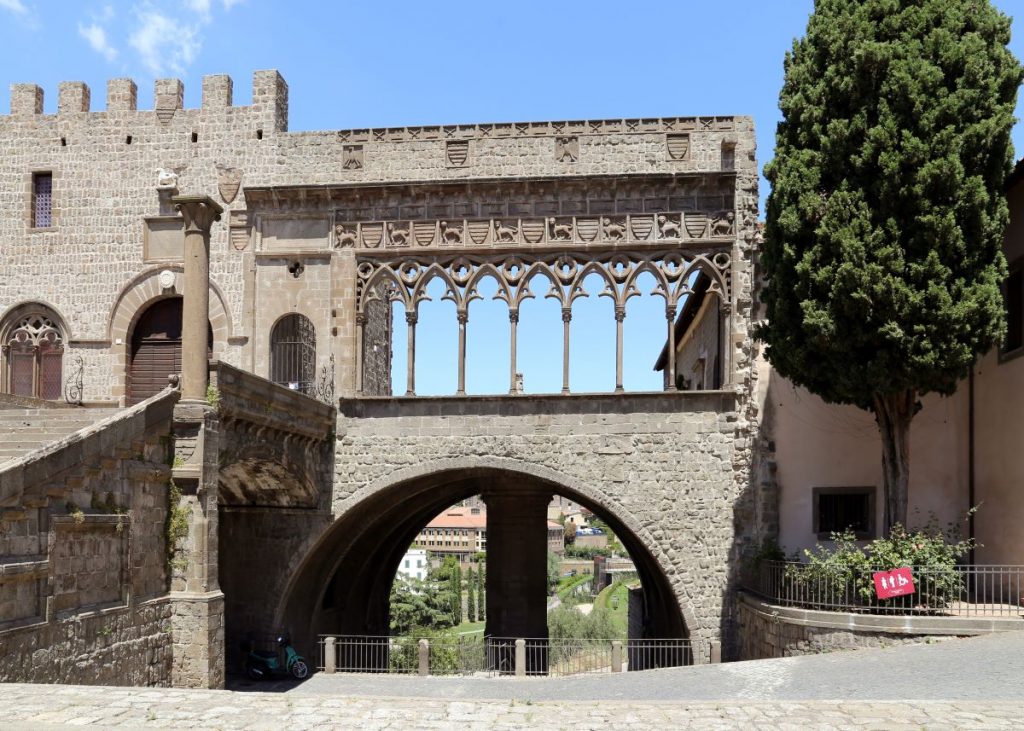
Terme dei Papi: A Bath Fit for a Pope
The surrounding landscape of Viterbo is sprinkled with natural hot sulfur springs. The popes took advantage of this. The first was Nicolas V who was so impressed with how he felt after bathing in the sulfur springs outside of Viterbo, he had a palace built right on top of them in 1450. Today, you need not be a pope or even a high Vatican official to enjoy the Terme dei Papi, or Baths of the Pope—you just need enough euros for the entrance or to book a room at the modern day hotel that occupies the area, which is located about two miles west of the center of Viterbo.
If you don’t want to bathe in such a formal setting, there are other baths around Viterbo that are worth a dip. The most famous one is Bulicame, located in the middle of a field one and a half miles (or a 20-minute walk) west of the walls of Viterbo.
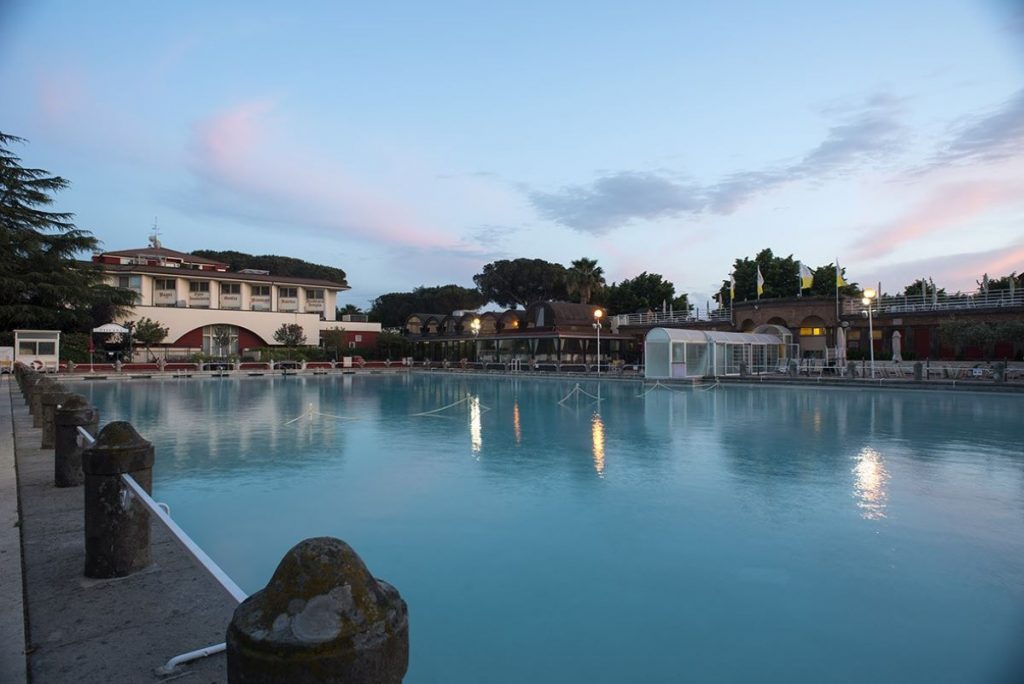
Even Dante mentioned Bulicame. In Canto XIV of “Inferno,” the first book of his “Divine Comedy,” Dante (the character in the book) strolls past a pool of boiling water in hell and it reminds him of Bulicame, “whose waters are shared with prostitutes.”
Today you won’t find any prostitutes here. You also won’t find an entrance fee, or towel service, nor a concession stand. You just walk up with your own towel, and ease your way into the water which flows from the earth at 58 degrees Celsius (that’s 136 degrees Fahrenheit).
Where to Eat in Viterbo, Italy
When all that sightseeing and spa-going induces an appetite, Viterbo is not short on great places to eat. The food of northern Lazio can be hearty, thanks to the fact that wild boar are a common sight in the hills and forests in the region and hazelnut groves are in abundance. And because this is Lazio, with Rome being the capital, expect to find a lot of local staples on menus, too, such as the famous Roman pastas carbonara, gricia, cacio e pepe, and amatriciana.
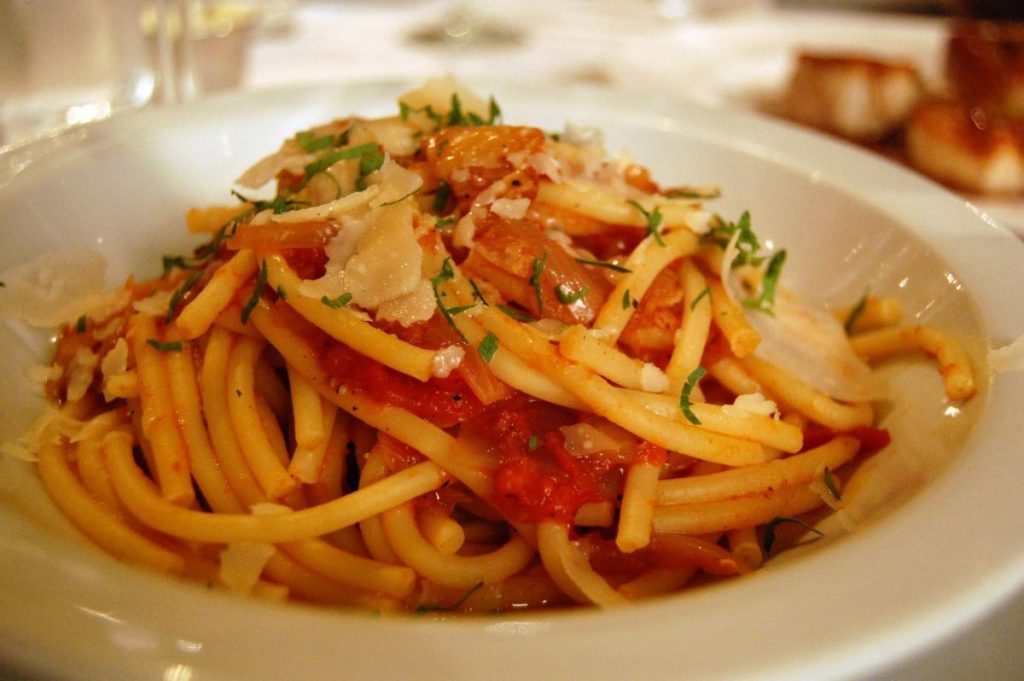
Taverna Etrusca
Specializing in the cuisine of Tuscia, the subregion in northern Lazio, Taverna Etrusca is an ambient and local eatery for excellent but no-fuss staples of pasta, pizza, and hearty dishes. Expect local pasta shapes topped by sauces laced with hazelnuts or wild boar ragù, and other typical local delights.
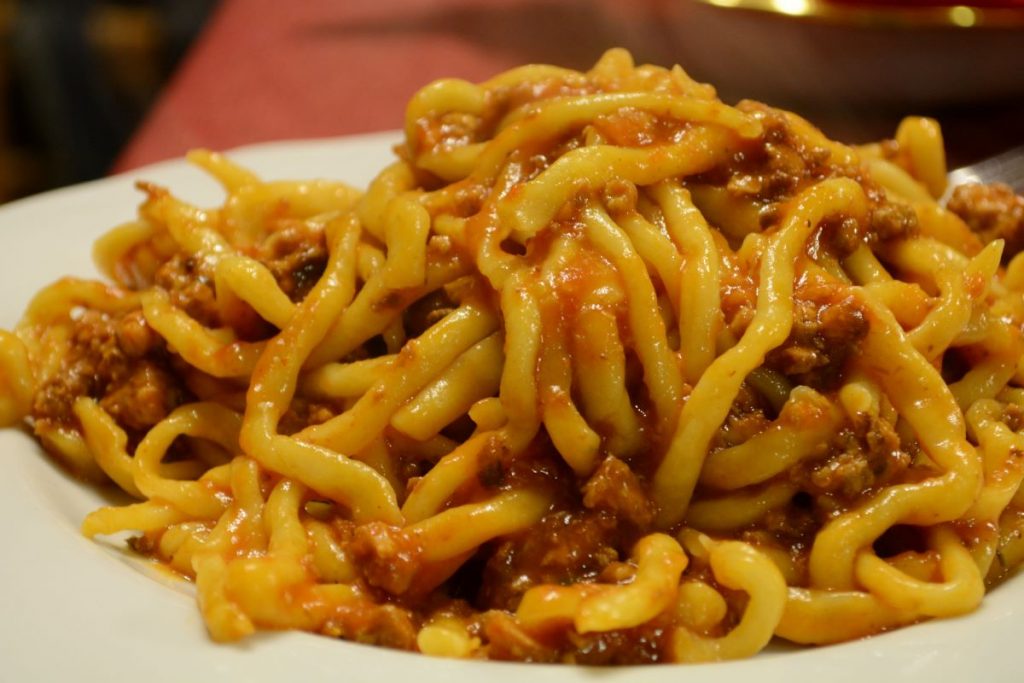
Osteria del Vecchio Orologio
The Osteria del Vecchio Orologio has been whipping up high-quality fare inspired by the landscape of northern Lazio since 1966. Opt for dishes with susianella, a local cured salami from Viterbo. There is also a lot of lake fish, pulled from nearby Lake Bolsena, and homemade pastas paired with wild boar that roam the countryside of the area. The restaurant is located within the old walls of Viterbo, Italy.
Antica Taverna
If you’re in the mood for some serious Italian meats, particularly beef, head to Antica Taverna in the center of Viterbo. Here you can feast on various thick cuts of meat all grilled over a fire and arriving at your table sizzling and juicy.
FAQ About Visiting Viterbo During the Jubilee Year
What else should I know about Viterbo before visiting?
Perhaps because it’s wedged between two touristic superstars—Rome and Tuscany—many visitors to Italy (even Italians who don’t live in the region) overlook this magnificent town of 70,000 denizens.
What’s the best time to visit Viterbo?
Spring and autumn are ideal for comfortable weather and fewer crowds. During the Rome 2025 Jubilee, plan your visit early in the day to avoid peak times.
How do I get to Viterbo from Rome?
Viterbo, a 90-minute drive or train ride north of Rome, is the capital of the off-the-radar Tuscia region in northern Lazio. Trains depart regularly from Rome’s Termini or Ostiense stations, taking about 90 minutes. Driving is also an option, with scenic routes leading to the town.
Can I tour the Papal Palace?
Yes, the Palazzo dei Papi (Papal Palace) is open to visitors. We recommend taking a guided tour if you want insights into the Viterbo Papal Palace’s history, architecture, and significance.
What other historical sites should I visit in Viterbo?
In addition to the Papal Palace, explore the Viterbo Cathedral, medieval city walls, and San Pellegrino district for a glimpse into the town’s rich history.
Are the hot springs near Viterbo open to the public?
Yes! The famous Terme dei Papi (Baths of the Pope) and other natural hot springs like Bulicame are open to visitors. They offer both spa-like facilities and free, natural pools.
What should I eat in Viterbo?
Viterbo is known for hearty dishes featuring wild boar, hazelnuts, and Roman staples like carbonara and Amatriciana. Don’t miss trying local delicacies like wild boar ragù or susianella salami. We offer some great suggestions for where to eat above!
Is Viterbo family-friendly?
Absolutely! Families will enjoy the medieval streets, the historical sites, and even a dip in the natural hot springs. There’s plenty to explore for all ages.
How much time should I spend in Viterbo?
A day trip is sufficient to explore the highlights, including the Papal Palace, medieval streets, and a meal at one of Viterbo’s excellent restaurants. However, staying overnight allows time for a relaxing visit to the hot springs.
Why is Viterbo significant for the Jubilee Year?
Viterbo played a key role in papal history as a refuge for popes and the site where the tradition of the papal conclave was born. The Papal Palace is a must-see for those exploring the spiritual and historical roots of the Catholic Church.
Related reading: Discover more papal basilicas in Rome!
- 8 Reasons Why You Should Visit Rome’s Santa Maria Maggiore Church
- San Giovanni in Laterano: The Ultimate Guide to Rome’s Overlooked Church
- St. Peter’s Basilica: A Journey Through Art, Architecture & History
As you can see, Viterbo, Italy is well worth a visit. In addition to being a fairly convenient day trip from Rome, it has quite a bit to see and do, and of course, eat. And once you’re done exploring this fascinating town, why not check out more of Rome? We’ve got plenty of tours that will let you learn the secrets of the Eternal City. Want to see the Sistine Chapel without the crowds? We’ve got you covered with our exclusive, early morning experience, the Pristine Sistine Tour.
by David Farley
View more by David ›Book a Tour
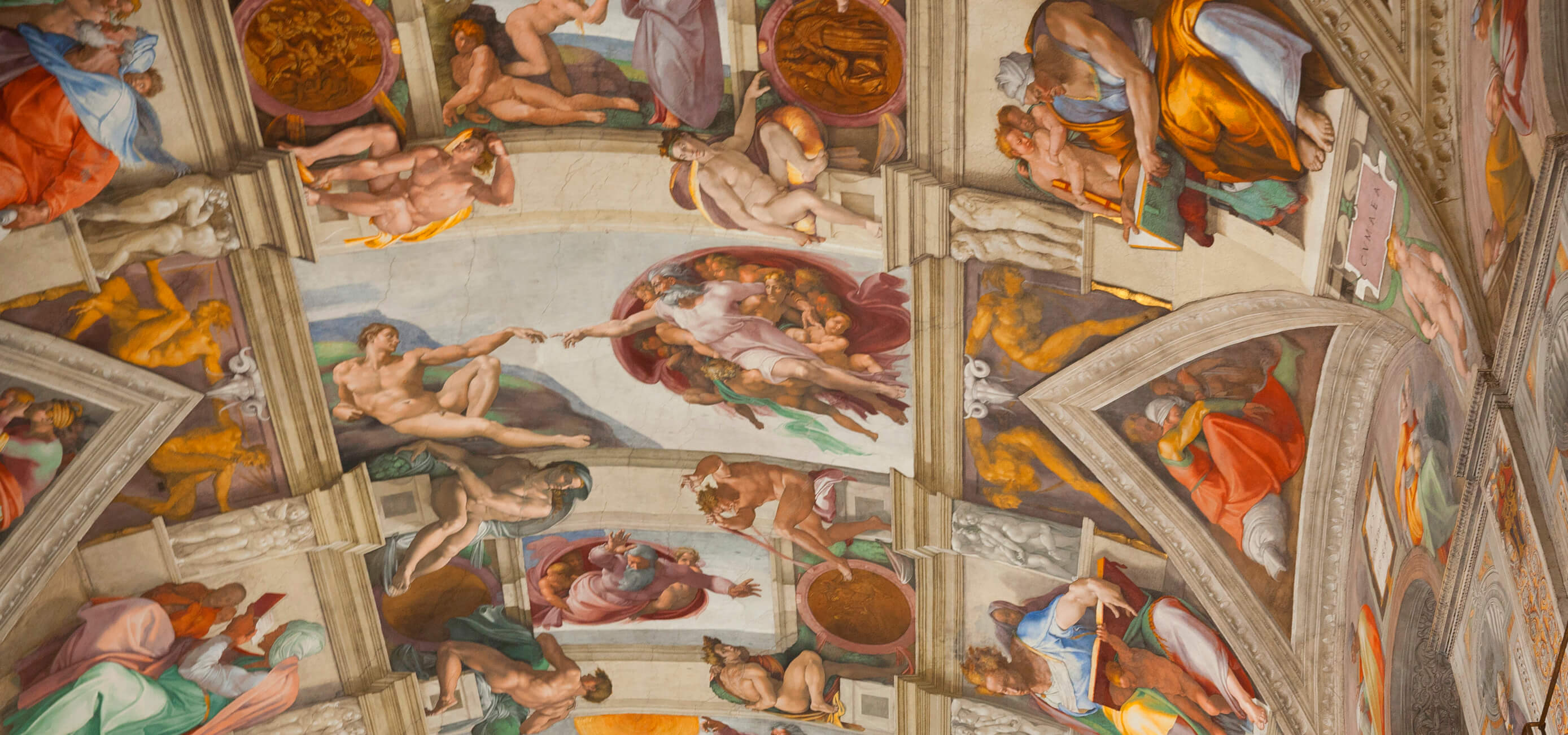
Pristine Sistine - The Chapel at its Best
€89
1794 reviews
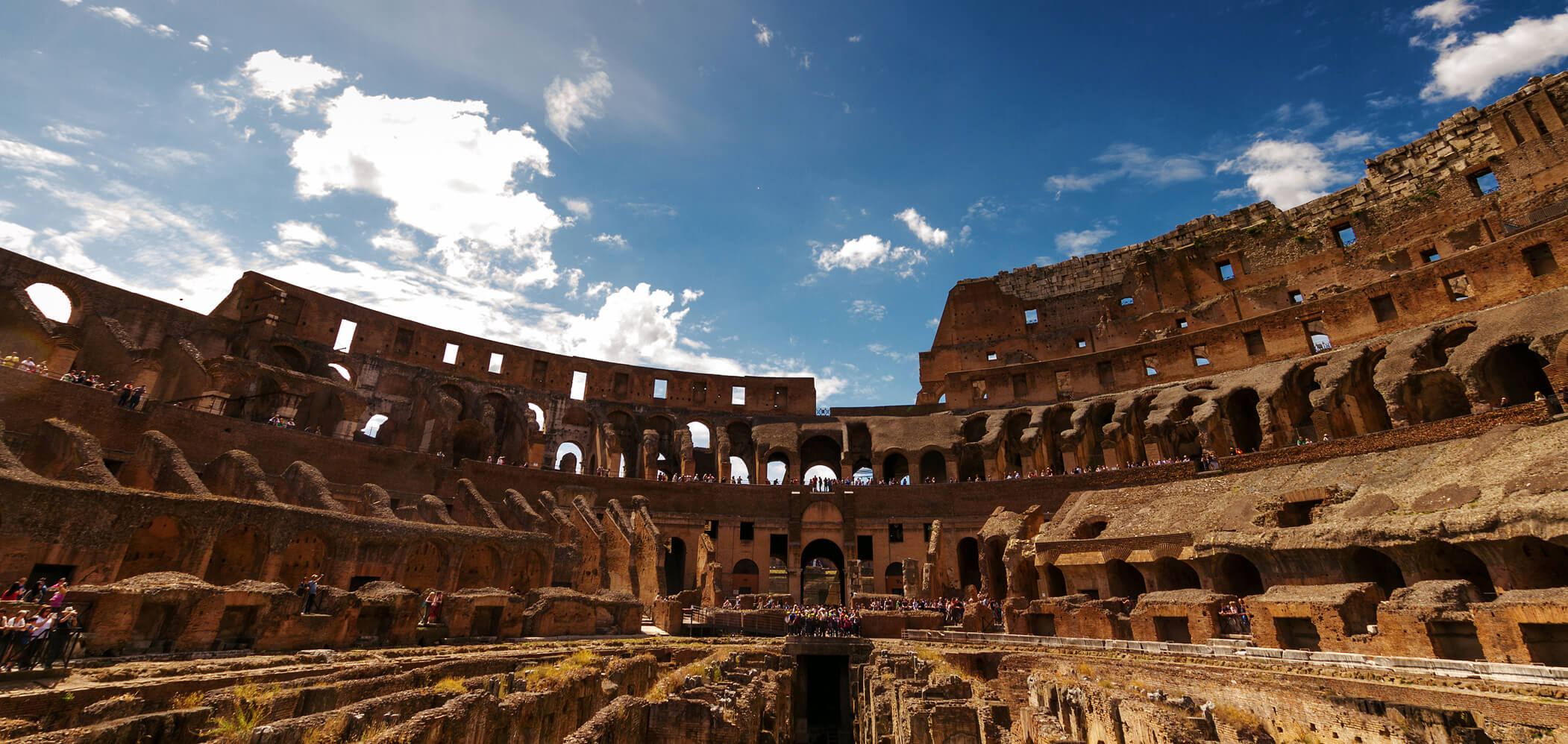
Premium Colosseum Tour with Roman Forum Palatine Hill
€56
850 reviews
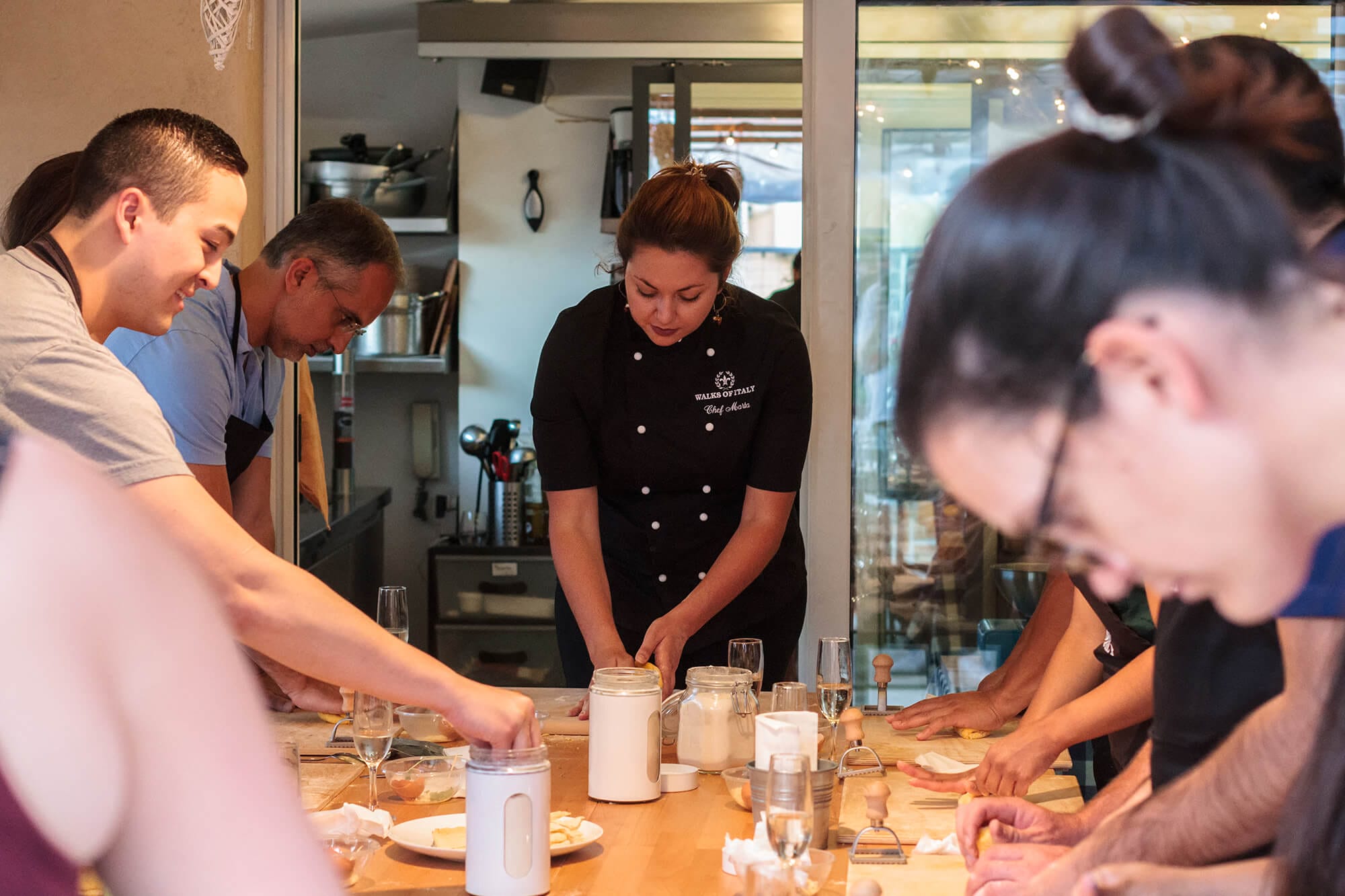
Pasta-Making Class: Cook, Dine Drink Wine with a Local Chef
€64
121 reviews
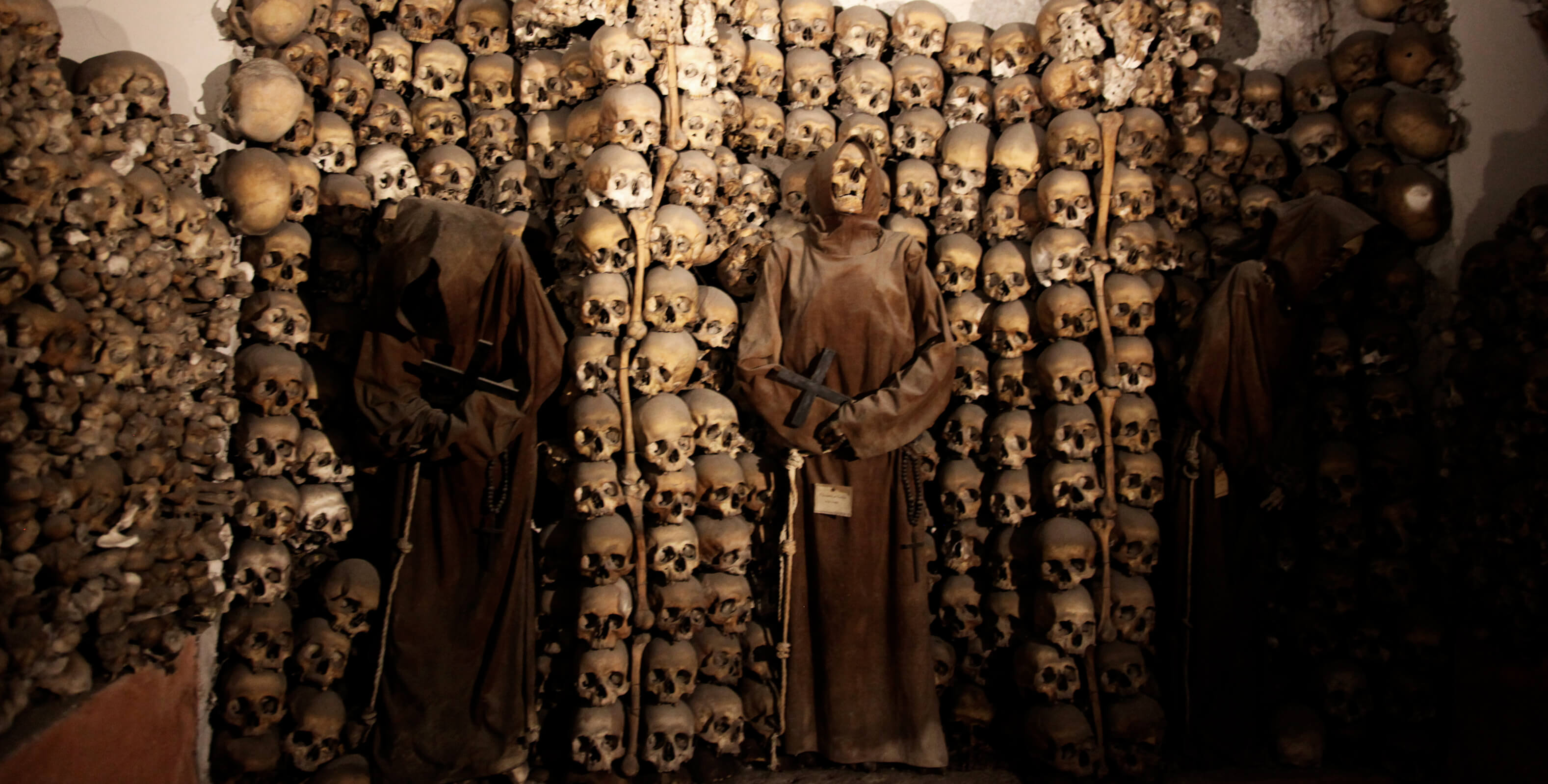
Crypts, Bones Catacombs: Underground Tour of Rome
€69
401 reviews
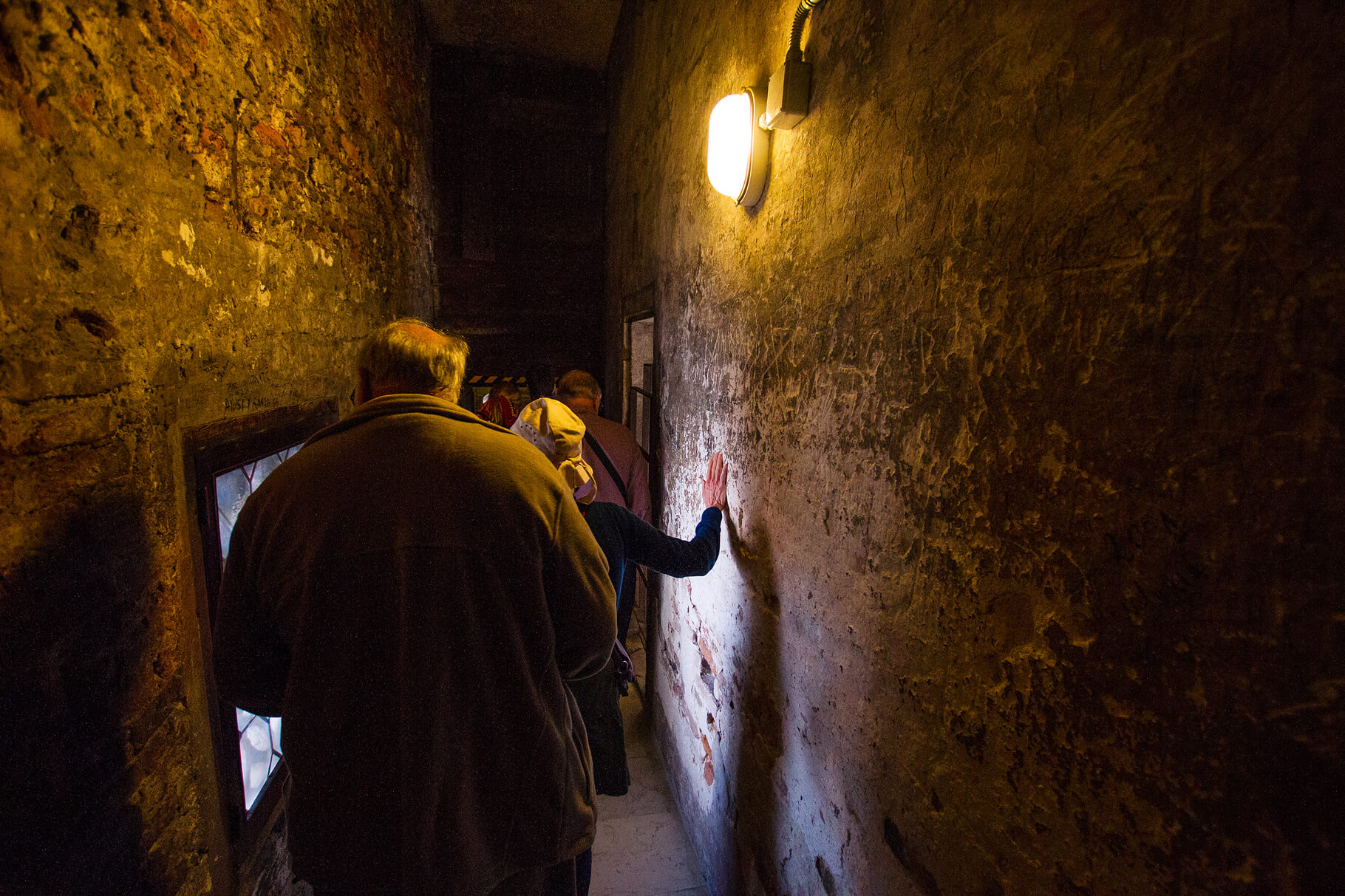
VIP Doge's Palace Secret Passages Tour
€79
18 reviews
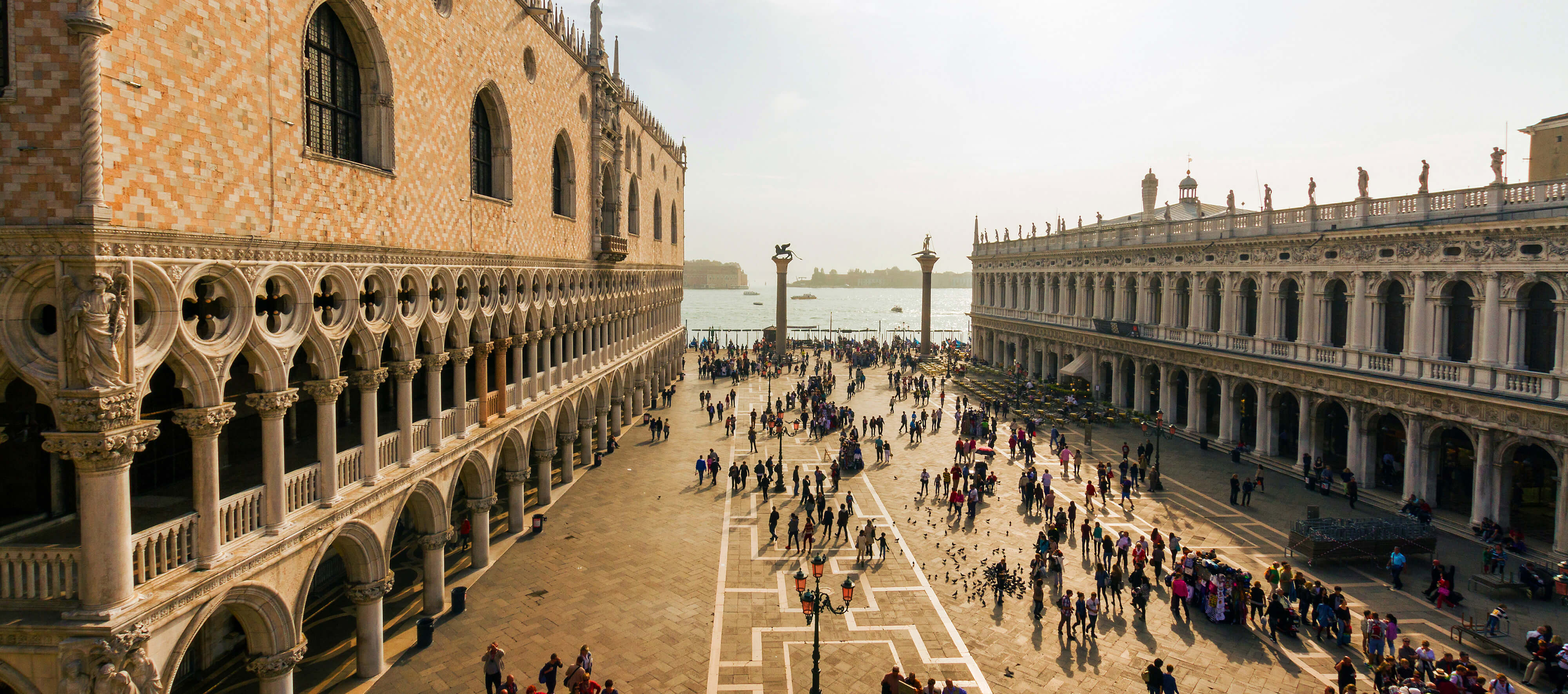
Legendary Venice: St. Mark's Basilica, Terrace Doge's Palace
€69
286 reviews

